The word culture stems from the Latin word "colere," which means to cherish and tend the earth. Culture germinates in the physical lands—influencing food, dress, architecture, customs, language, and religion.
Italian food flows with olive oil because the land grows olive trees. The Mayans eat corn because it thrives in their lands and climate. The land cultivates food.
The Scottish wear wool because sheep flourish in the land of Scotland. They dye the tartan with berries, minerals, and plants from their lands. Sami people (those indigenous to northern Scandinavia) wear reindeer fur since they dwell in the land of reindeer, which eat the birch, lichen, willow, and moss that grow there. The land cultivates clothing.

The Inuit inhabiting the Arctic lands of North America have over fifty words to describe the snow that endlessly covers the land. To navigate across flat tundra that lacks defining landmarks the snow patterns formed by the wind guide them. These patterns have specific words in their language. The land cultivates language.
In what is now California, the Modoc people tell their creation story in which the Sky Spirit bores a hole through the sky, driving snow and ice down to create Mt. Shasta. To the Australian aborigines, the Uluru monolith holds profound connections to their spirituality—perceived as a living, breathing landscape that their ancestors created during long voyages across their lands. It is the land that cultivates religion.
The Pueblo people of New Mexico historically molded their homes and villages out of the land or the clay. Israeli homes are traditionally built from stone since the land is so rocky. It is the land that cultivates architecture.
A Jewish joke says when God made the world, he scattered half of the stones around the globe and the other half in little Israel. When someone compels a friend or foe to pelt him, ample stones lie conveniently within arm’s reach.
The Jewish people, historically of desert land, customarily avoided consuming pigs, natural inhabitants of forest land. Pigs cannot sweat, so when they are raised in an arid desert, they attempt to cool themselves in their own excrement—which leads to high-risk meat, legitimately deemed “unclean”. Hebrew custom forbids the consumption of pork. “The pig is also unclean; although it has a divided hoof, it does not chew the cud. You are not to eat their meat or touch their carcasses” (Deuteronomy 14:8). Land cultivates custom.
In sum, for thousands of years, all components of culture have originated in the land where a people dwell. Except for this specific time in history. What passes for culture now is imported to us (primarily by large multi-billion-dollar corporations) and has nothing to do with place or land. It is artificial, unsustainable, and insane.
Growing up in the Pacific Northwest, the food, clothing, architecture, language, and customs I inherited largely had little to nothing to do with cherishing or tending the terrain of the Pacific Northwest. We bought factory-made clothing from the Gap, produced in far-off Vietnam, China, and Bangladesh. Our customs and sayings came largely from pop culture, generated by strangers in Los Angeles and New York studios thousands of miles away. We relied on California produce, Missouri factory-processed meats, and Colombian roasted coffee beans. Furthermore, American modern architecture frequently appears the same. The monotonous strip malls from Connecticut to California all feature identical MacDonalds, Baskin Robbins, Walmarts, and Starbucks along with acres of black asphalt parking lots.
Like most modern people, I had no mentor to help me cultivate a relationship with the earth. I was not taught to tend to the earth. Instead, I was mostly schooled in career preparation, intellect, logic, and money management. The trees, plants, creeks, and animals surrounding us were considered insignificant. And boring. They merely made for pretty backgrounds for our senior portraits.
Even though I inherited a separation from the natural world, I’ve always known that the earth sustained my life. But me and nature were separated. I lived in one place; “nature” lived in another. It wasn’t until I entered my 30s that I realized I didn’t know the sustaining earth. I couldn’t differentiate between a cottontail and a hare nor between a pine and a fir. I couldn’t name the birds that descended upon our lawn each morning. And I didn’t know what they were up to either. This is insane.
The realization of this normalized insanity inspired me to cultivate a relationship with Mother Nature. I started walking barefoot. Barefoot, I began to notice the feel of the earth, especially the temperature. I never knew the ground stayed warm long into October. Or that Oregon beach sand is much hotter than Washington shores. When walking barefoot, I attend to my surroundings much more closely—slowing down to avert thistle or slick mud. I avoid the white clover in July when bees harvest their nectar.
I started swimming in the nearby sea and lakes. Daily immersing in the water, I felt the water’s temperature drop when the mountains flushed their glacial water into the sea. Through physical experience, I have learned that spring tides are strong, seaweed is most abundant in June, the salmon return in late August, the jellyfish come around October, and freshwater feels far more slippery than seawater. Via the long walks and short swims, a new relationship birthed between me and God’s good earth. The inherent childhood wonder that had been so dimmed through mechanizing education and domestication began to return. I found myself almost in a trance, constantly awe-stricken, amused by the most minor things—like how nettle seeds form in clumps resembling minuscule green grape bunches. My heart began to melt, and I began to perceive it all with a new tenderness and care.
I was no longer oblivious to this garden of earthly delights. A coral sunset spangled with pillowy clouds brought tears to my eyes. The verdant colors of spring arrested my attention, stopping me in my steps to inhale God’s grace. I was astounded when, instead of taking an Ibuprofen to dull a headache, I drank willow bark tea. And it worked! Not only was all the life around me beautiful and majestic but…it cared about me.
I was beginning to see the world through the lens of awe.
“Those who contemplate the beauty of the earth find reserves of strength that will endure as long as life lasts.” —Rachel Carson
I couldn’t help but become aware of just how much I didn’t know. I could identify a handful of plants, but for the most part, I didn’t know their medicinal, culinary, or traditional gifts.
I watched YouTube videos on foraging. Then I read some books. I began to teach myself the miracles of wild plants. Without realizing it, I was grasping at my ancient human roots by tending to the earth just as all our ancestors have always done (until about the last 100 years).
Despite my wide community, I didn’t know a single person who could show me the wonders of Creation. I had to guide my own learning without an elder. But I was only getting so far with YouTube and books. I needed an in-person guide.
In my yearning to know what has sustained my life, I spent more than two thousand dollars on a nine-month class to learn about the native wild plants around me. This is, of course, ridiculous. I should have learned all this from my parents and grandparents for free. That would have been a priceless inheritance—one that could be perpetually passed on to future generations.
However, blaming my parents is futile. Their cultural inheritance didn’t include knowing Creation. Like me, they were industrialized. Innovative science and marketing convinced their mothers of infant formula’s supposedly superior benefits to breast milk, so their mothers offered them artificial nourishment from the moment they could suckle. An increasingly commercialized society marketed hundreds of novel and exciting products to them before people strongly grasped how unnatural and ecologically harmful these products were. And so, my parents’ generation lived profoundly separated from Creation, chasing careers, spacious suburban houses, efficiency, wealth maximization, safety, and comfort—no matter the externalities. They raised their children with the same model they inherited.
I also can’t blame my grandparents; they were immigrants or children of displaced immigrants living in an unfamiliar land, thousands of miles from their homelands. Like my parents and grandparents, I, too, received an inheritance of separation from Creation.
On the street where I grew up, old-growth spruce trees tower outside my bedroom window. I viewed them merely as very tall green things. I didn't even know they were spruce trees; I couldn’t tell one tree from another. I didn't know one of them once sheltered the 19th-century explorers Lewis and Clark. I didn't know the spruce’s tips, cones, and inner bark are edible or medicinal. Boeing harvested most of the large spruce trees decades ago. So now, these trees are rare in this area. I didn't know they were anything special. That information never made it to me. For decades, I missed the wonders right outside my window. I have since gathered from these trees and turned the tree’s abundance into spruce tip mead, syrup, and jelly. Psalm 34:8 says, “Taste and see that the Lord is good.” This is not a theology; it’s an experience.
A dear friend in Pennsylvania told me about a tropical-tasting fruit native to her region called a pawpaw. It’s related to papayas. I had no idea. Neither did she. When she learned to identify this tree and then saw her first pawpaw tree, she was elated! She had found a rare treasure. Except, she actually hadn’t. The trees are everywhere, native to 26 states, and abundantly fruitful. However, the fruits are only tasty when fully ripe. One knows the fruits are fully ripe when they have fallen off the tree of their own accord (versus being picked). Because they don’t keep or ship well, they cannot be commercially produced and trucked around America. And so, they abide in the background, forgotten and unnoticed, generously offering their fruits. My friend never learned of this tree until well into her 30s, even though the trees had surrounded her since childhood. The fruits of this common tree should be common knowledge. Instead, it's rare knowledge. This is insanity.
I've taken to teaching my young nephews the wondrous things I've learned as an adult. Lifting them up to grab edible maple blossoms from a high branch, I tell the boys, "You can make a basket out of that tree over there." They doubt me and demand details on how that’s even possible. We take Western Hemlock needles, rub their residue all over our hands, and exclaim that it smells like grapefruit. Who knew that a tree in the Pacific Northwest has a tropical aroma? My nephews and I now call these the "grapefruit" trees.
I showed one nephew my favorite berry, the humble thimbleberry, and he merrily popped them in his mouth one after another. He later proclaimed, "Wow, today we ate salmonberries, blackberries, salal berries, Oregon grape, AND thimbleberries!" I told him that thimbleberry leaves make the best toilet paper. That astonished him even more! (Next time, maybe we'll give it a try. Ha!) I watch their joy as they discover the remnants of the Garden of Delight. As they scurry around naming the plants, I can’t help but be reminded of Adam in that original resplendent Garden of Delight.
To teach them what I wish someone had taught me and to see their awe feels like an act of healing. What gives me hope is that when adults are shown the genius of the works of His Hands, the exact child-like wonder emerges.
I’ve started teaching basic foraging classes in local parks.
People of all ages attend. They show up unable to identify an “evergreen” tree —even though we are in Washington, “The Evergreen State.” One woman said she thought all trees with needles were called pine trees. Another woman could not identify a Douglas Fir, even though they permeate the local landscape.
Just a few short years ago, I, too, did not know what was not-so-long-ago considered very, very basic knowledge. The generations as recent as our great-grandparents would be shocked by our stupidity. They would wonder how we could survive in such ignorance. But few of us learned this wisdom from our forebears. We didn’t inherit Eden; we inherited the separation from nature—an artificial world of office cubicles, plastic clothing, fast food, strip malls, parking lots, boy bands, tanning beds, and Hulu.
A woman in her 80s told me she never learned about the medicine and food in our common plants, even though her grandparents had known all this. They intentionally withheld it from her because “it wasn’t American.” They were done being Italian. And so, the wisdom of the old world was erased. Homemade food became rare as convenient packaged foods abounded. Hand-built homes made way for machine-built houses. Herbal medicines gave up their pantry space for pharmaceuticals. Homespun clothing cluttered closet corners while fast-fashion duds donned the racks. Through the lie that the industrialized way is superior to the old ways, the common knowledge of Creation has nearly disappeared—along with our sense of awe. And so, we stumble toward Eden together, trying to reclaim a culture worthy of bequeathing.
On our foraging walks, a plant originating in the Mediterranean always makes an appearance—the dandelion. Many poor Europeans left their homelands, saying excruciating goodbyes to their loved ones they would never see again. They brought with them usually just one chest, with their greatest treasured items and things they were sure to need in the New World. Those trunk bottoms were lined with the most essential items: seeds—including dandelion seeds. The yellow petals brought cheer to lonely pioneers on the quiet prairie, reminding them of the life they had left behind.
Early American settlers viewed dandelions as a “cure-all.” Their medicinal value is both extensive and effective. This common plant has cured many of liver ailments and digestive distress. Dandelions cure sick soil, too. Their deep taproots suck the earth’s minerals up to the surface. Mineral-rich plant parts fall and decay in Autumn, enriching the topsoil and leaving behind aerated and softened soil. The old timers said if you want the garden to grow, plant it in the dandelions. Upon the arrival of dandelions on Turtle Island, the Native Americans promptly incorporated them into their medicines.
Dandelions have been eaten by people for millennia. The ancient Israelites ate bitter herbs during Passover. “That same night they are to eat the meat roasted over the fire, along with bitter herbs, and bread made without yeast” (Exodus 12:8). While we don’t know which specific bitter herbs graced the paschal lamb, dandelions make a likely contestant, given that they’re native to those lands, and they grow plentifully anywhere (even up through the sidewalk).
When I tell the new foragers these things, their mouths hang slightly agape, their heads tilt, and their eyes widen in amazement. Nibbling on the toothy leaves, they murmur, “Wow… It’s actually pretty good!” Sure, dandelion leaves can be purchased from Asian stores, but they can also be snipped off the lawn for free. It’s a most giving plant.
The foragers often remark that it’s ridiculous that we have been conditioned to view dandelions as “weeds”–that we pour poisons into the earth in futile attempts to exterminate them. (I’m not too worried, though. The dandelions are clearly winning). The foragers always leave with a new appreciation of this common little weed that offers only beauty, healing, and health—I can’t help but feel hopeful.
"The man who worries morning and night about the dandelions in the lawn will find great relief in loving the dandelions." —Liberty Hyde Bailey
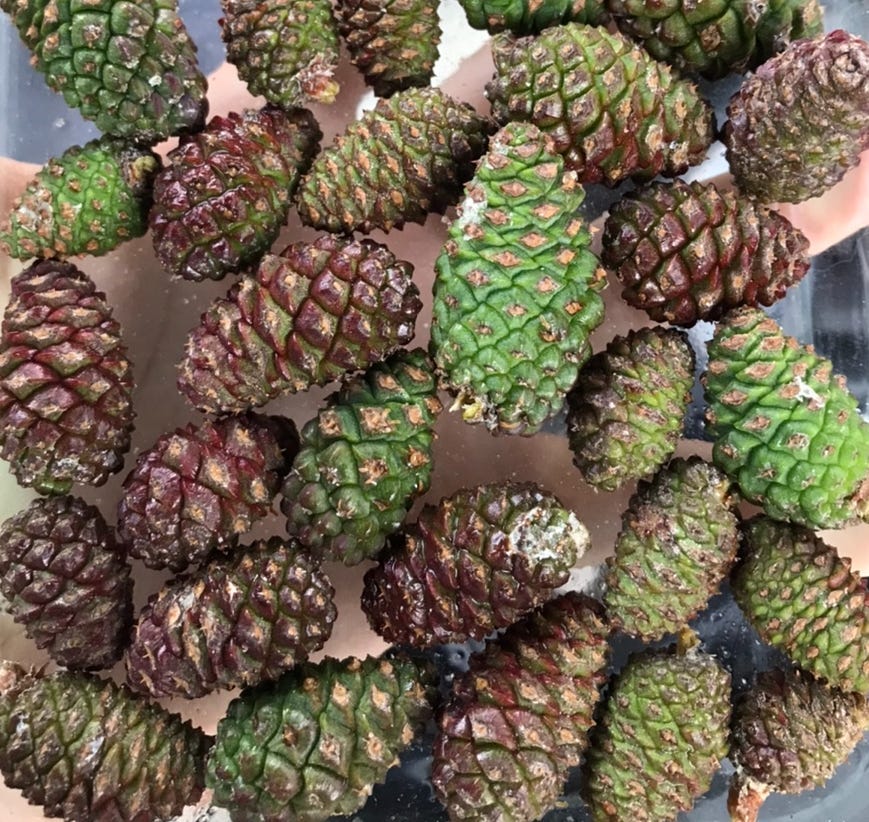
A part of me is healed when the foragers start seeing the plants through the lens of awe, learning that mistletoe has cancer-curing properties, nettle is a classic remedy for allergies, elder wood was and still can be hollowed out to make flutes, or chickweed not only makes delicious pesto but has cured the nasty skin ailment, impetigo. They are awed by the pungent piney flavor of pine cone jam, which they never knew they could eat. It gives me great hope at just how quickly and easily awe can be sparked. It only takes a few minutes! It gives me great hope that so many people are seeking to know this giving and forgiving earth. And when that relationship is cultivated, what reliably follows is a sense of awe.
Awe births reverence.
And we do not destroy that which we revere.
I was talking to a friend about The Tree of Life, mentioned in the Garden of Eden story. “And out of the ground made the LORD God to grow every tree that is pleasant to the sight, and good for food; the tree of life also in the midst of” (Genesis 2:9). There is a place in present-day Lebanon called Ehden. It is near where the Cedars of Lebanon forest stood before they were felled and turned into battleships. Some scholars think this was the physical location of the Garden of Eden. Interestingly, these trees produce sawdust that is toxic to snakes. Thus, their shade is always snake-free. While we don’t know the type of tree the notorious Tree of Knowledge was, no snake would be curled up in a Cedar of Lebanon, hoodwinking a naive woman.
Curiously, on the other side of the world, the Western Red Cedar has been praised with the name “Tree of Life” by Coast Salish peoples. These tribes historically used these cedar trees for almost everything—their longhouses and canoes, nets, caskets, cradles, shoes, and medicine. This cedar provides nearly everything needed to live. As I told my friend all this, I watched her gasp, marveling, “Huh! Whoa, so do you think Eden was a real place? Do you think the Tree of Life is a cedar tree?” It’s all pure speculation. Yet I witnessed her genuine intrigue as she learned that Eden seemed to have been located near these mythical trees, cedar sawdust does not accommodate snakes, and indigenous cultures call other cedar varieties the Tree of Life. The world and the ancient scriptures began to sparkle with a new glow that has always been there.
Because cedars are magical!
Dandelions are remarkable!
And pinecone syrup is delicious!
Genuine awe in children and adults is indistinguishable because the source is the same. Young or old, all inhabitants of the earth stand in awe (Psalm 33:8). We need more wonder. The good news is, we can redeem our ancestral sense of awe—like the Kingdom of Heaven, it is at hand. It is all around us and has been all along! For “Jesus Christ the same yesterday, and today, and forever” (Hebrews 13:8). It is never too late to have a wonderful childhood. We are all children of God. Let’s dish up and have a feast! With dandelion salad, wild truffle pâté, chickweed pesto, and cheese drizzled with pinecone syrup.
O God, may we step outside the veil of triviality and walk into radical amazement. Help us redeem our ancestral birthright of a worthy culture where we tend to and cherish this awe-filled, captivating Creation. May we stand stupefied before the great mystery into which we were born. Amen.
“Lord make us mindful of the little things that grow and blossom in these days to make the world beautiful for us.” —W.E.B. Du Bois

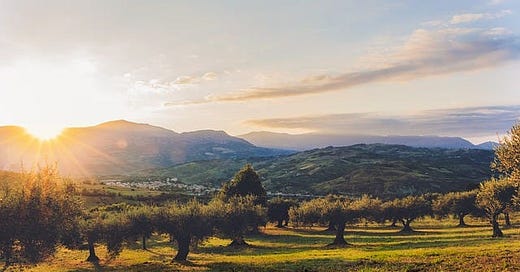



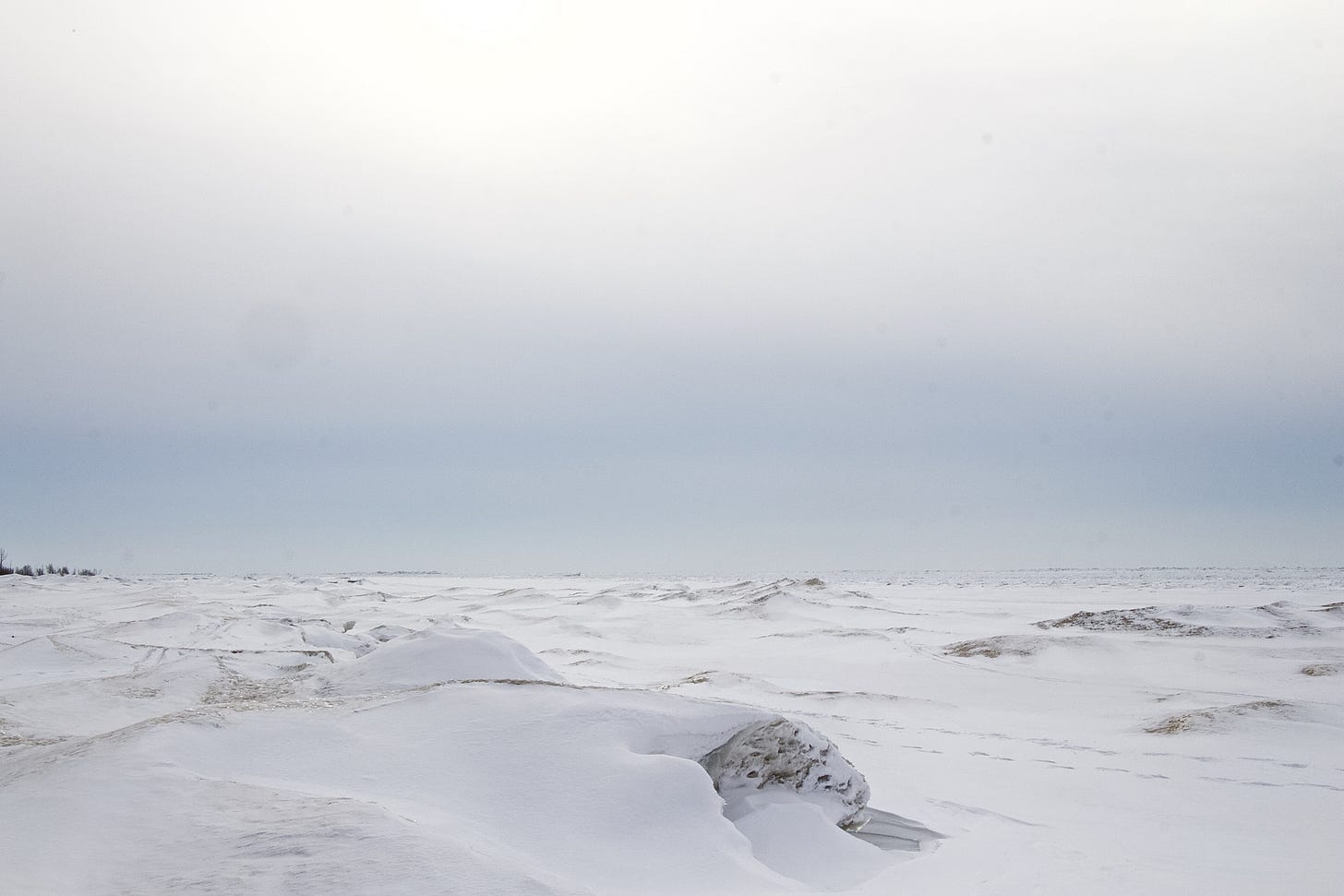
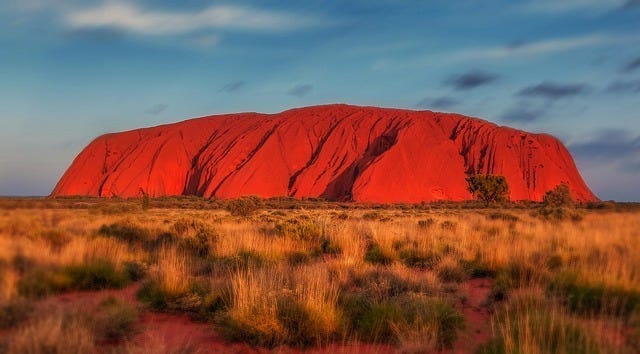
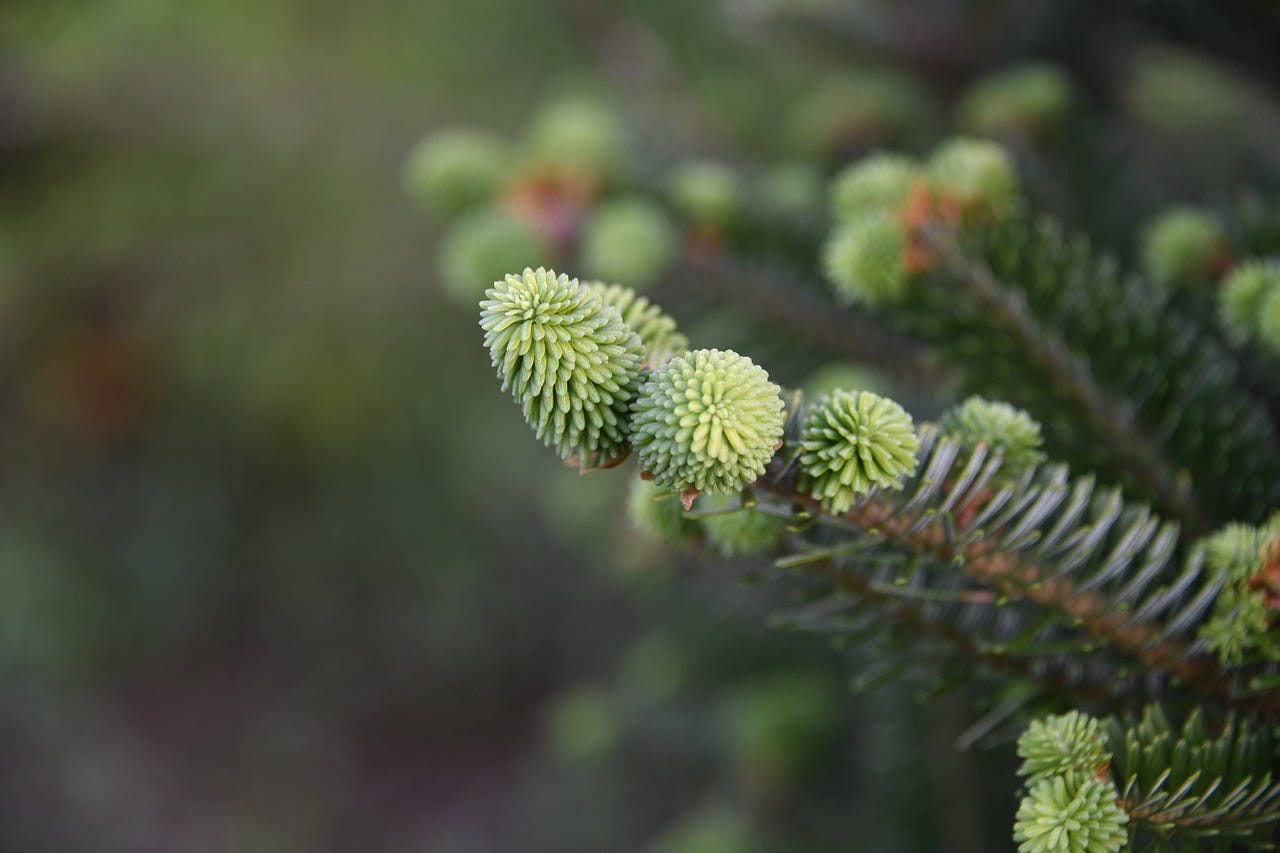
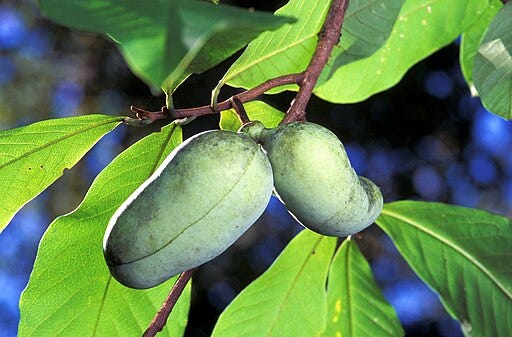
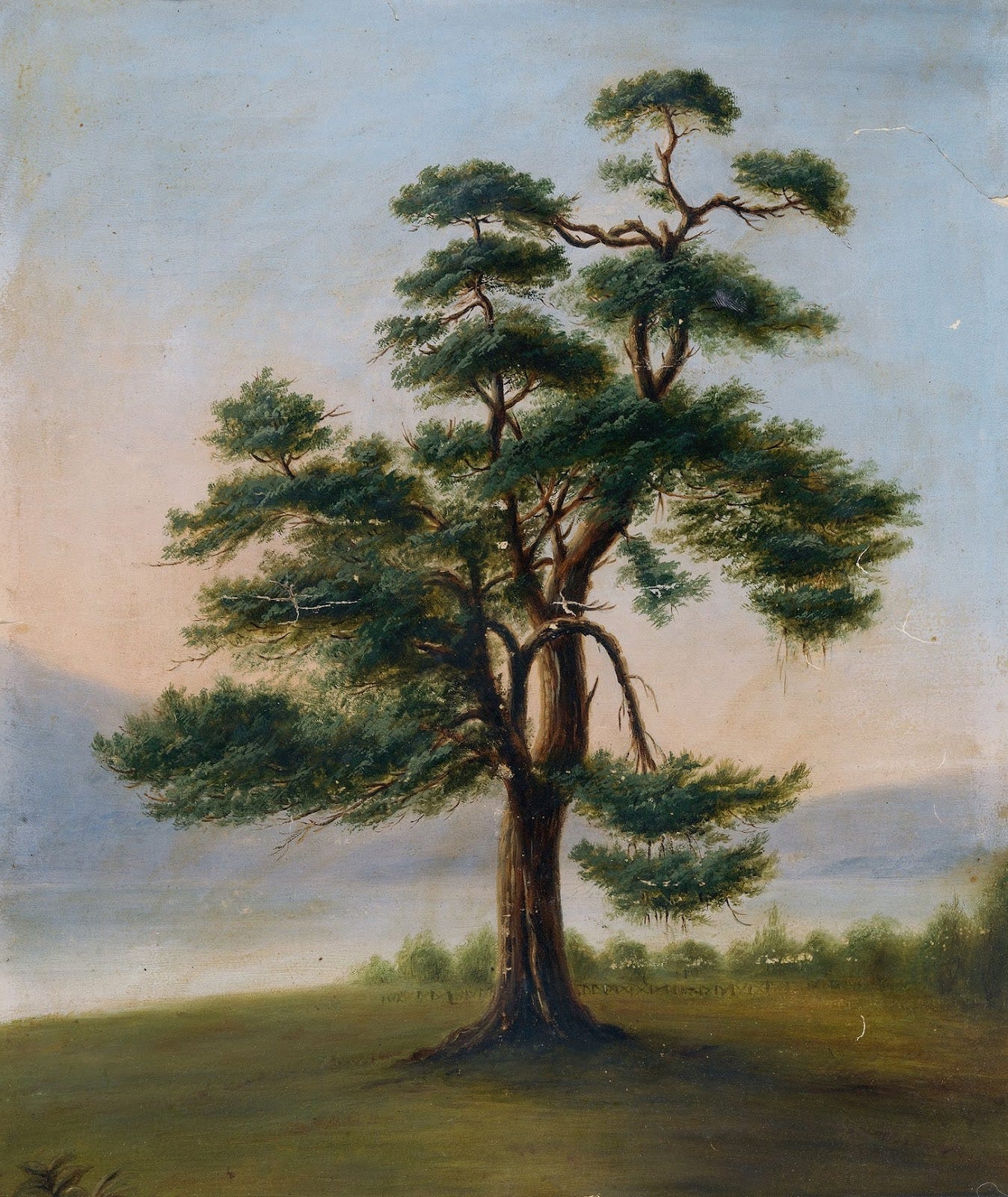
Beautiful post! I am blessed to live in a beautiful area with access to fields, streams, woods etc., and to have a young granddaughter with whom to share the wonder of God’s creation and foraging & harvesting around us. I dread her getting sucked into The Machine (as Kingsnorth has been writing about) as she goes into pre-K next year. We homeschooled up to HS for our 4 children - (well - mostly my wife) and it was fantastic - but by their mid teens they were getting pulled into video games & screens just like the rest of society. I was a tech guy - with a Masters in Ed Tech who ended up working in Corp IT for 30 years (still do) and man I am uneasy with what it has wrought. (And yes - I am aware of the irony of writing this and reading on my iPhone like everyone.) But I sure long for a simpler life out in nature for myself, my family, and those who have awakened to this tecno-dystopian world we seem heading for.
I'm grateful for your growing knowledge and wisdom, dear friend. Let's walk in wild places, forage, and admire the bounty and their Maker together.